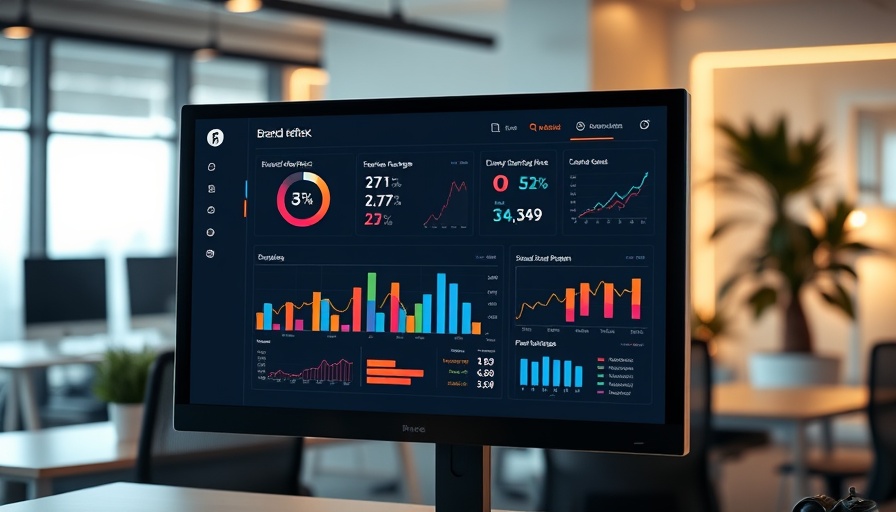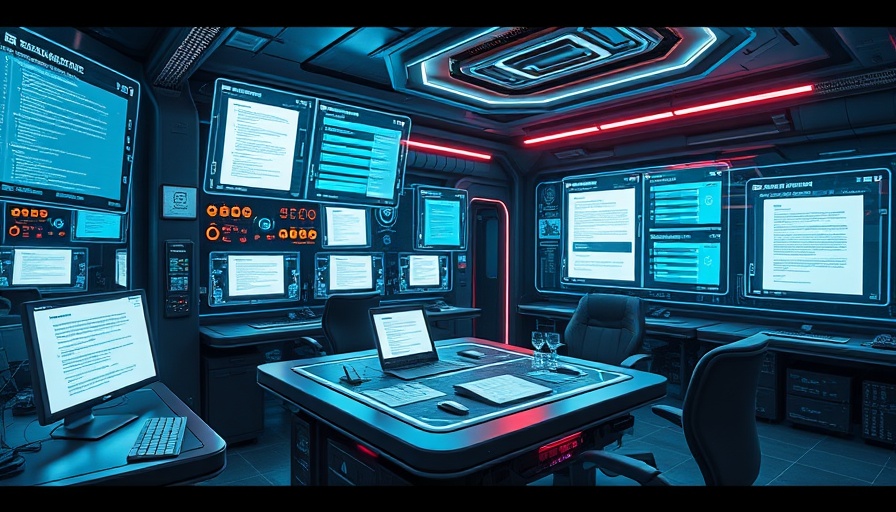
Why AI Struggles to Replace Human Influence
In the dynamic landscape of digital marketing, it’s evident that human connection remains irreplaceable. Despite the rise of artificial intelligence (AI) and its integration into various business sectors, there are specific roles that still rely heavily on the human touch. One area where AI faces significant limitations is in the field of live-streaming sales, where genuine human interaction plays a crucial role.
The Creator Economy: A Look at the Trends
The creator economy thrives on personal connections, with influencers and content creators often presenting products in a manner that resonates more deeply than conventional advertisement methods. A recent study conducted by researchers from Canada's UBC Sauder School emphasized this, showcasing concrete data from e-commerce giant Tmall, where sales drastically dropped upon shifting from human streamers to AI-generated alternatives. The distinct lack of rapport and authenticity from AI streamers led to minimal impact on sales, highlighting a critical consideration for business owners.
The Human Touch: What Makes Livestreaming Sales Effective?
What does the study tell us about the benefits of human streamers? The effectiveness of these individuals lies in their ability to create a relatable and responsive atmosphere. Viewers often engage more when they feel they are interacting with a real person who can exhibit empathy, humor, and an understanding of the product's nuances. These qualities enhance the perceived value of the purchase and contribute to greater sales results in comparison to an AI counterpart.
AI’s Potential: The Road Ahead
Despite their shortcomings, AI technologies are evolving. The researchers mentioned that enhancing AI streamers with real-time interaction capabilities could narrow the gap between them and human presenters. Integrating sophisticated AI systems that respond dynamically to user inquiries may bolster consumer engagement and potentially influence purchasing behaviors more favorably.
Forecasting Hybrid Models of Selling
Experts predict that the future may see a hybrid model in which human influencers collaborate with AI technologies. This synergy could believe to optimize the sales process by combining the efficiency of AI with the authenticity of human interaction. For business operators and marketers, this opens an opportunity: how to strategically implement both AI and human resources to gain competitive advantages.
Implications for the Influencer Economy
As we transition into what has been dubbed the "Influencer 3.0 Era," with continual evolution in how brands utilize influencers, the necessity for both human representation and innovative technology will only grow. Understanding the balance between both will be paramount for businesses seeking to thrive in this digital environment.
Path Forward: Actionable Insights for Businesses
In this rapidly changing landscape, it’s essential for business owners and managers to regularly evaluate their marketing strategies. Reviewing the impact of personal interaction versus automated systems can help inform better decision-making. Consider conducting experiments within your streaming sales model, assessing the effects of using live humans alongside AI to optimize your approach based on real results.
For those navigating this new terrain, it’s crucial to stay ahead of the trend. Getting help selecting a preferred provider who understands both the nuances of human interaction and technological advancements can set your business up for success in this evolving marketplace.
 Add Row
Add Row  Add
Add 




Write A Comment